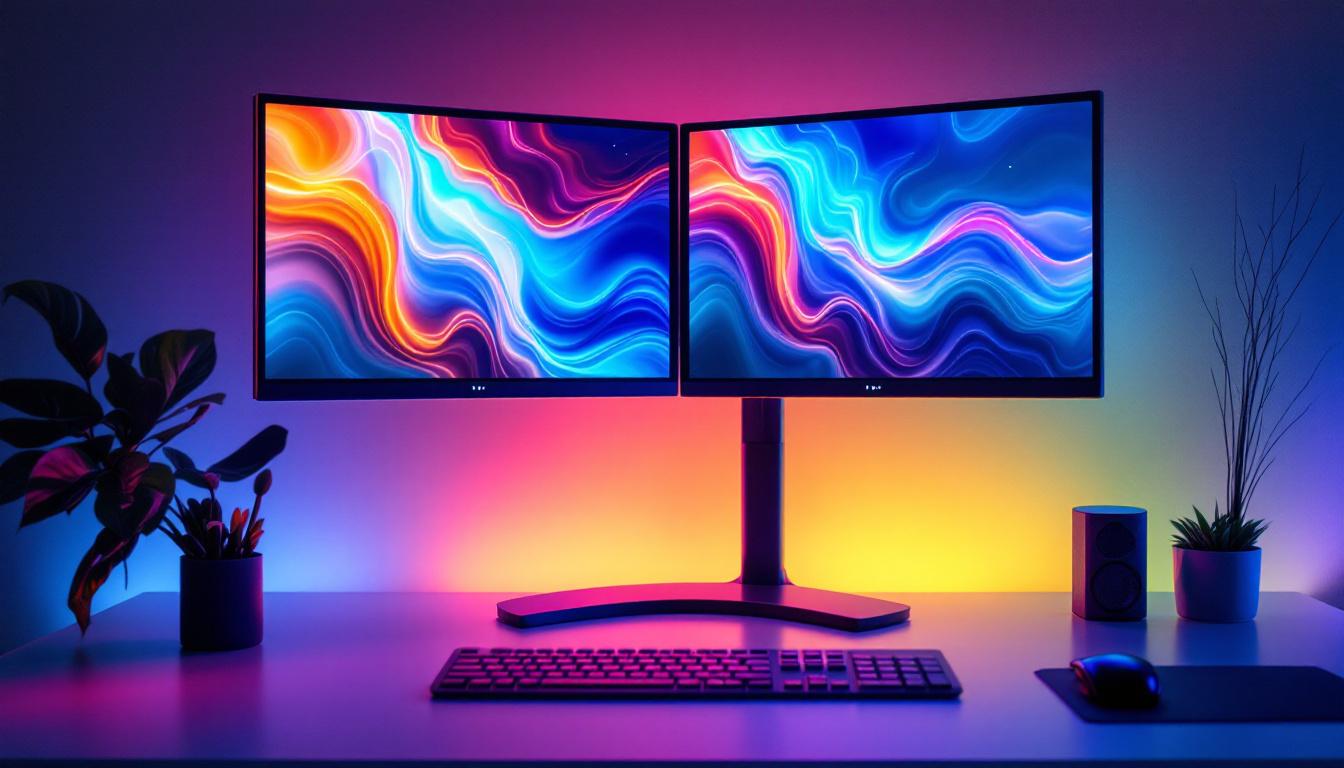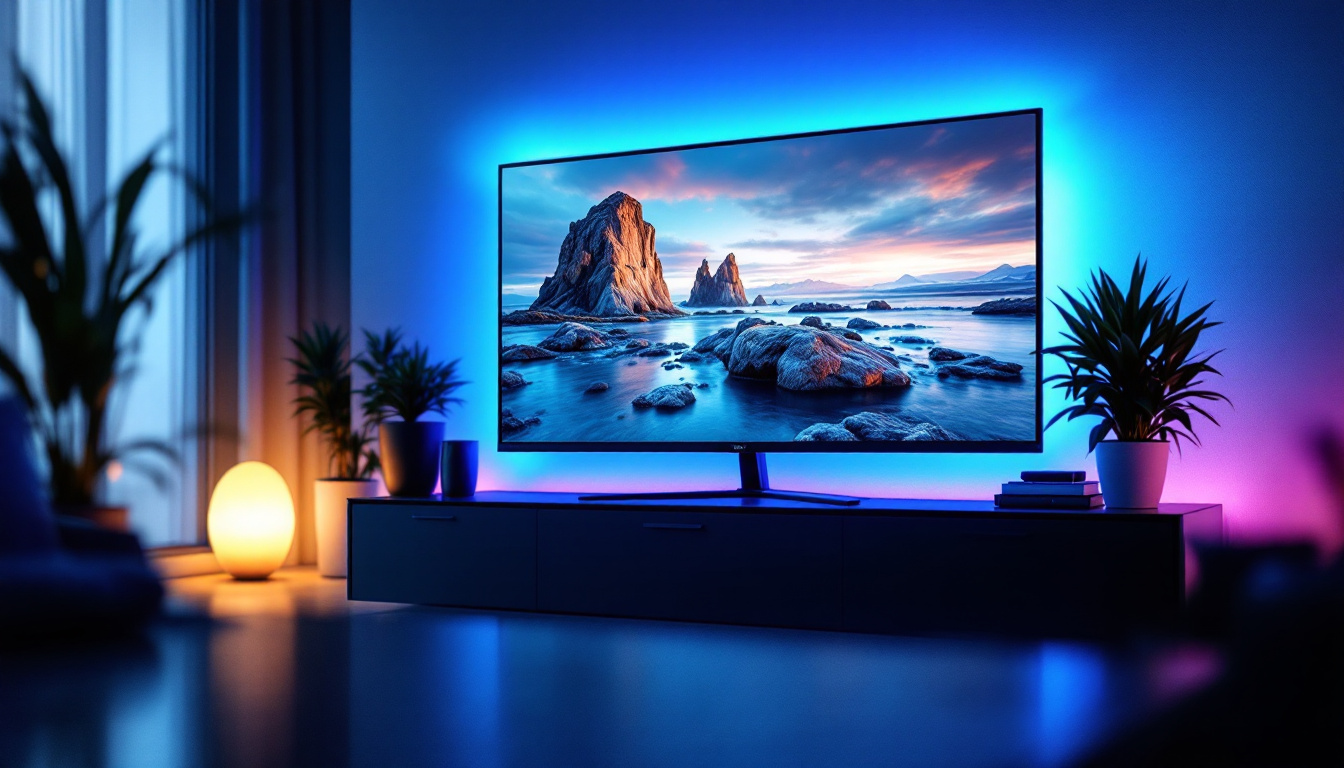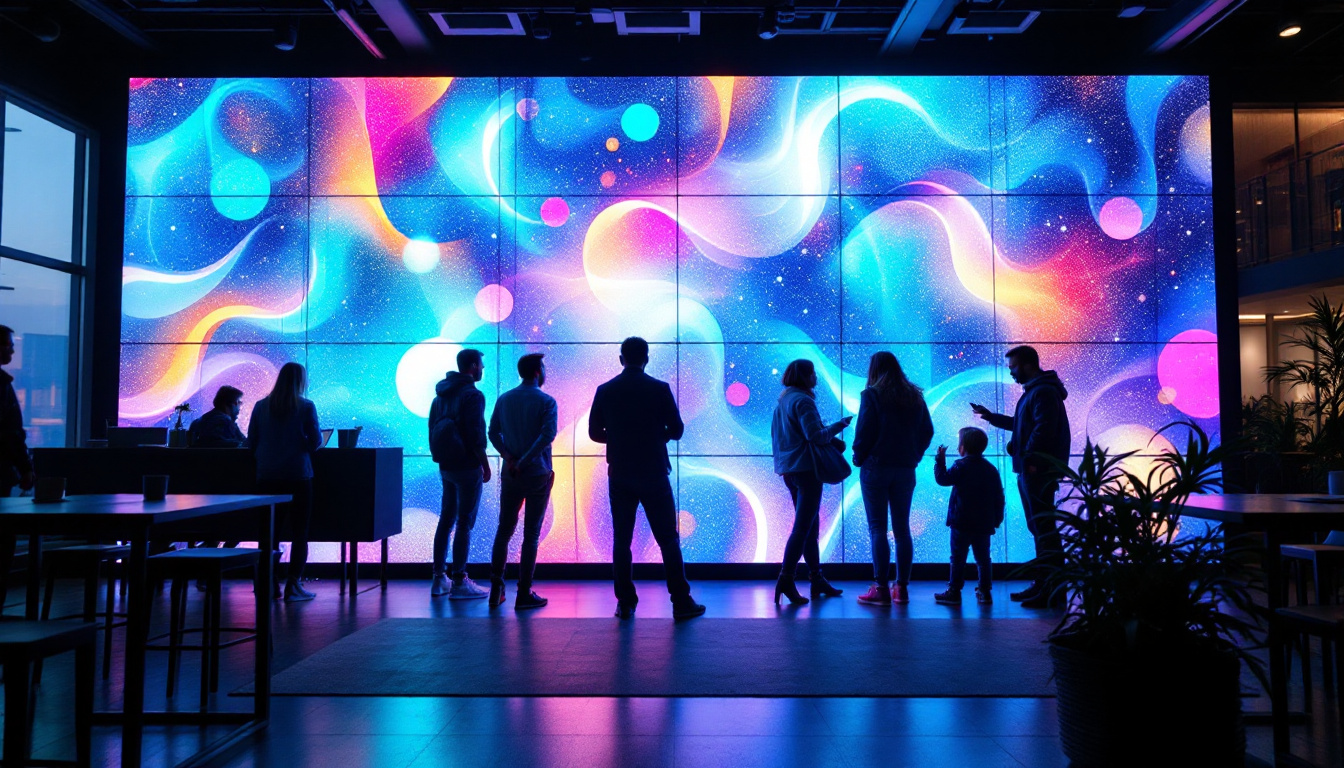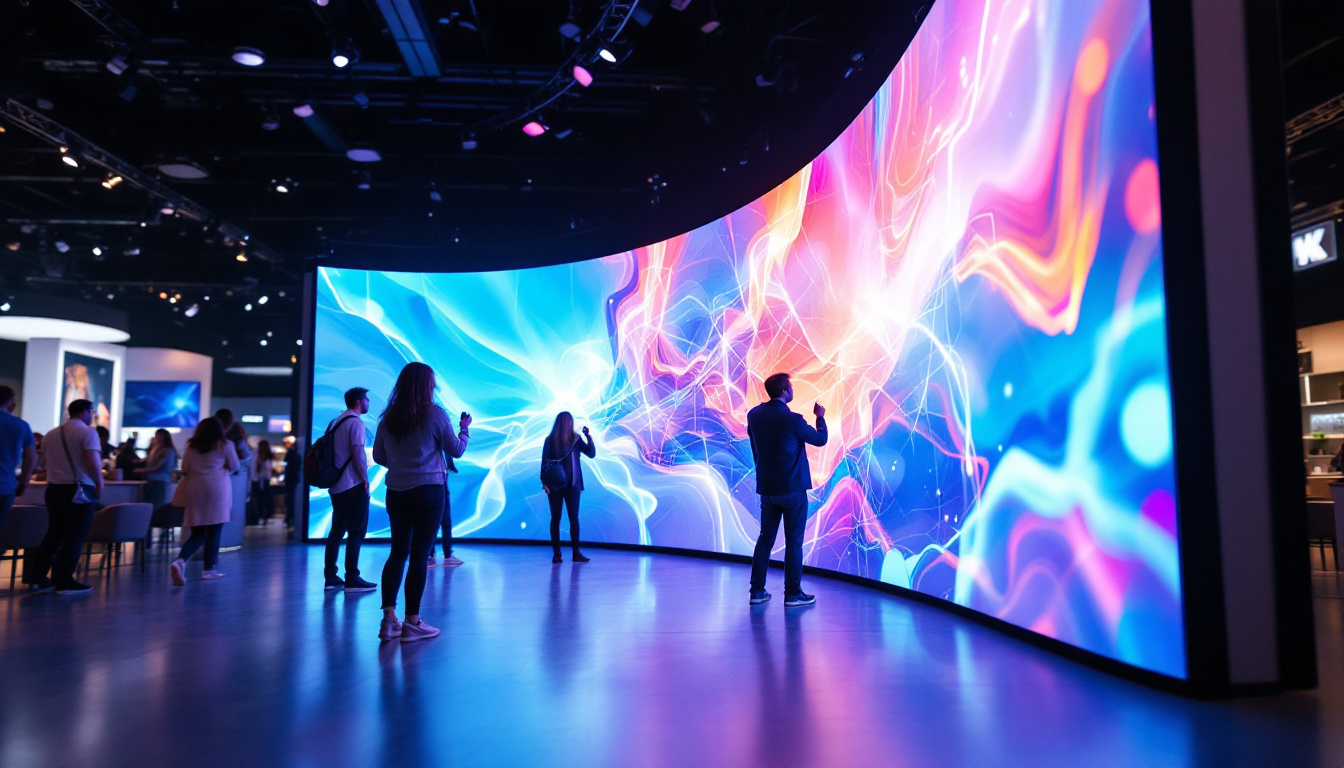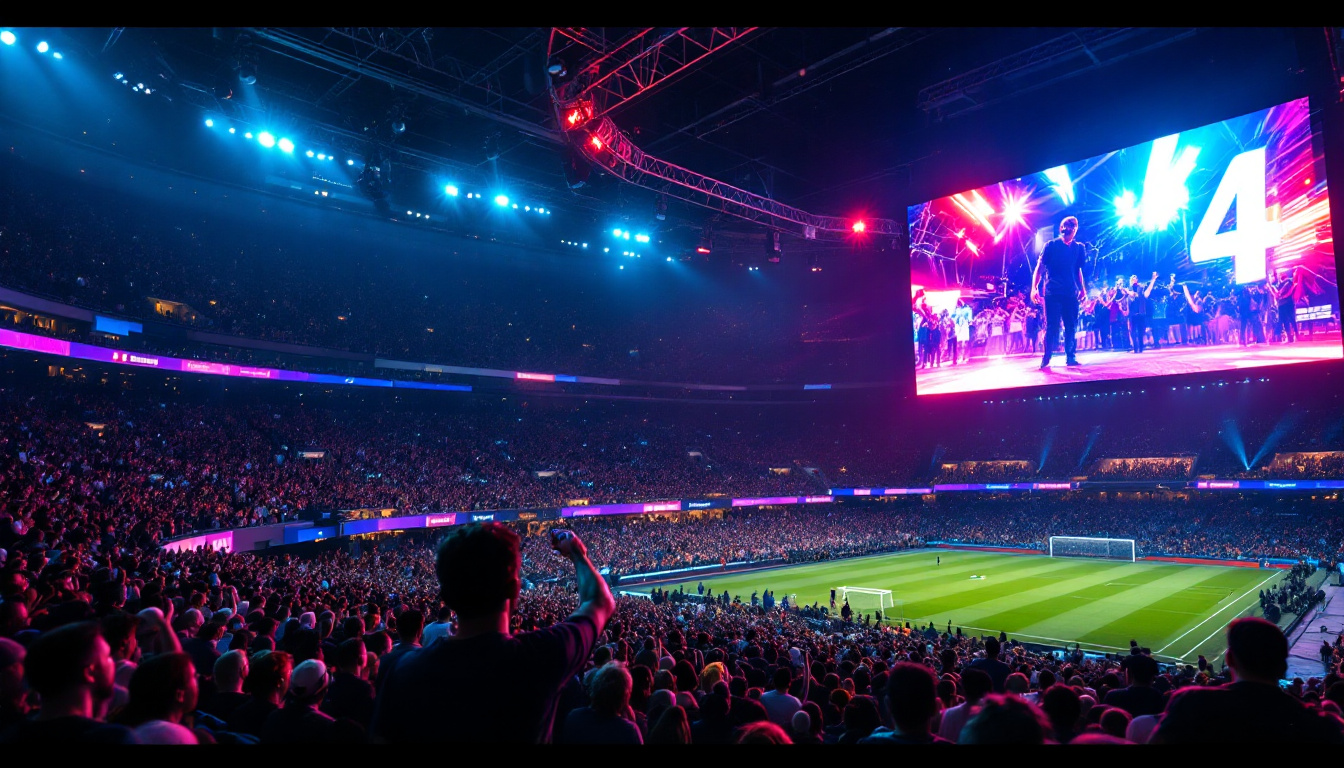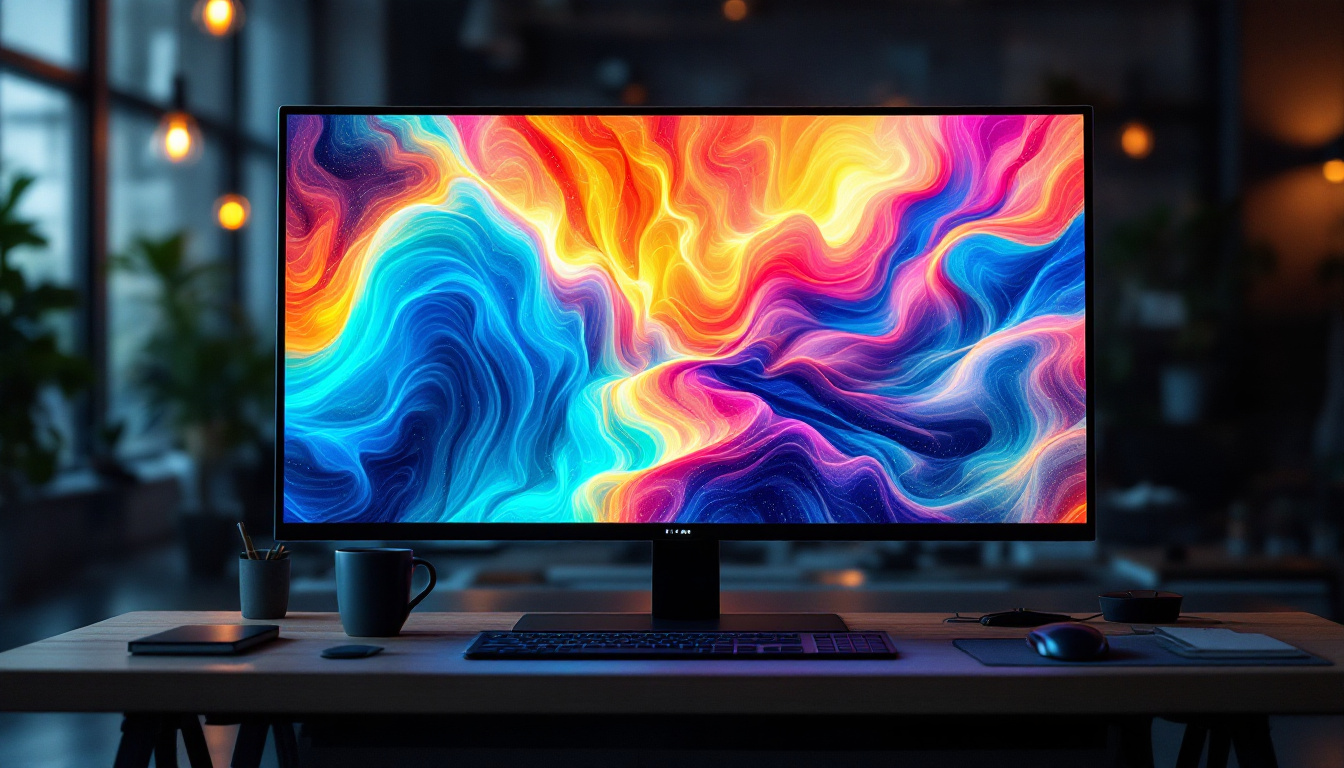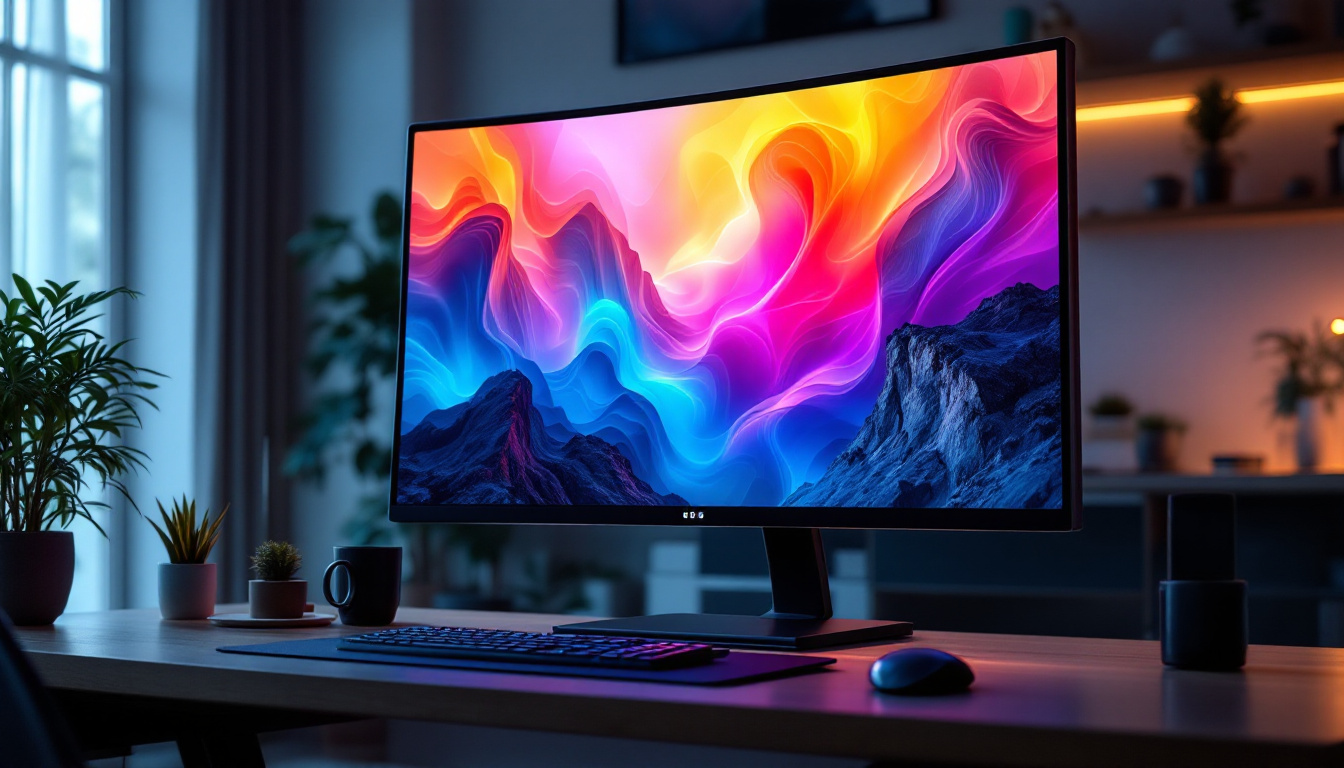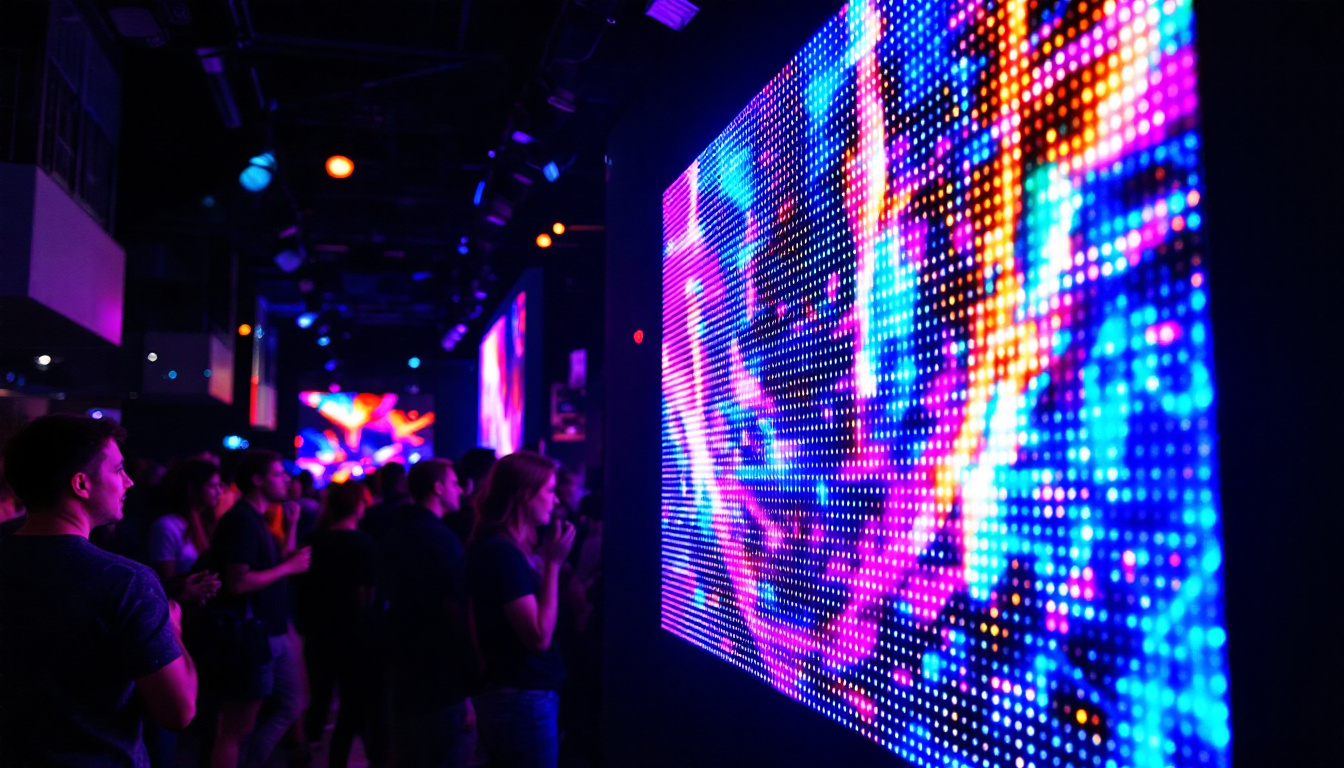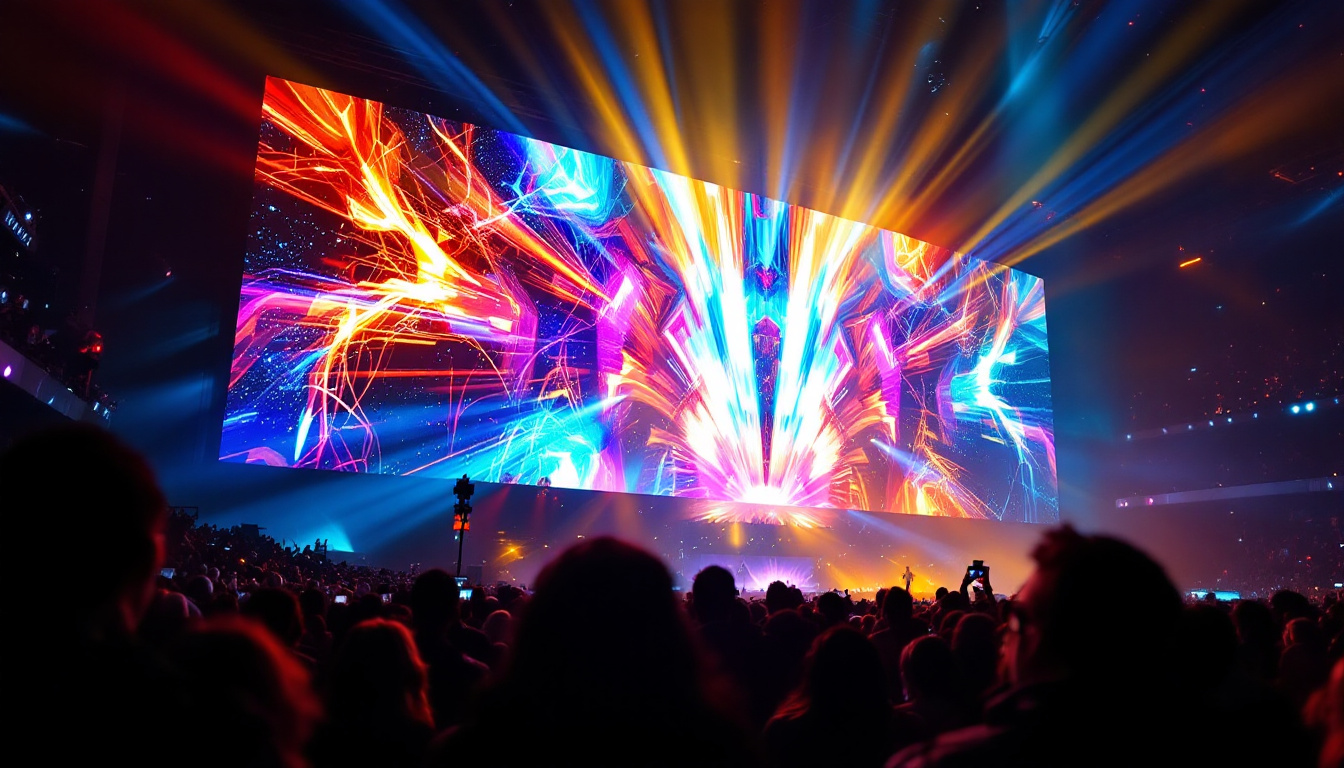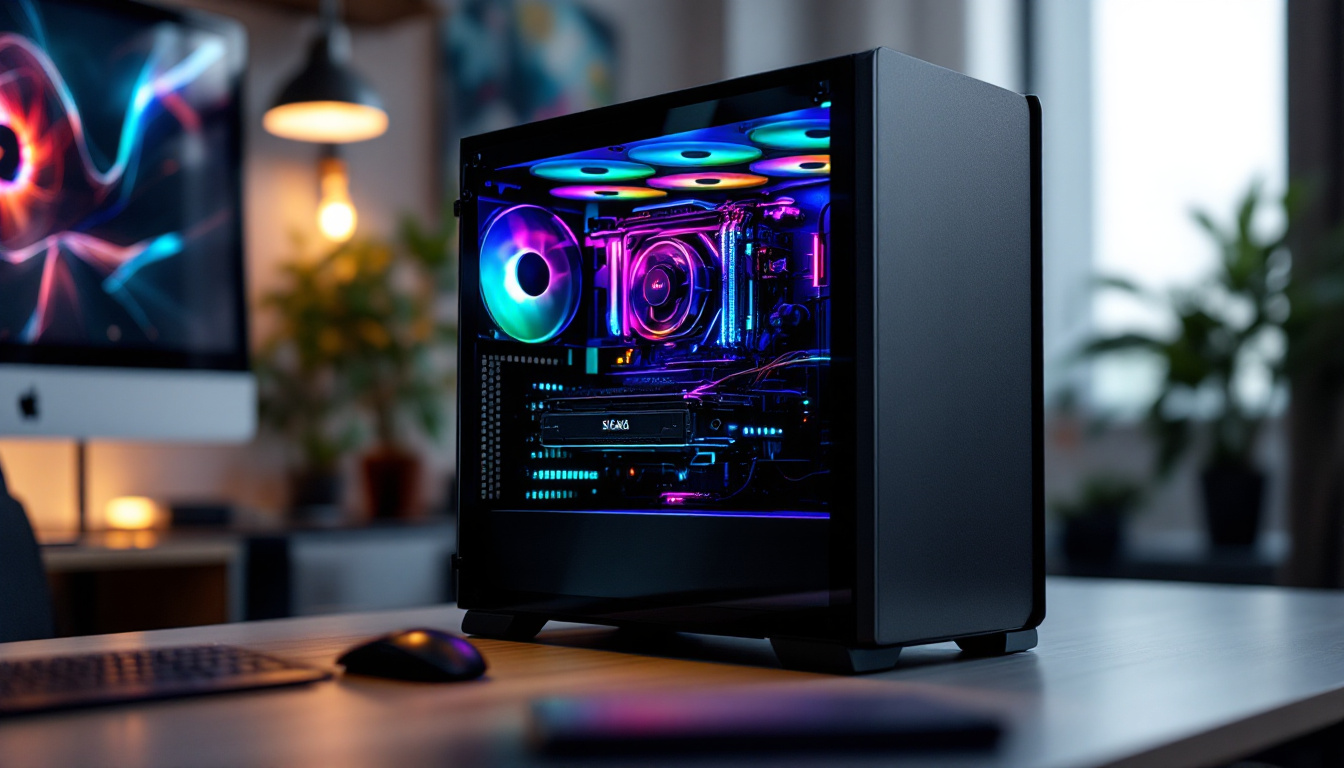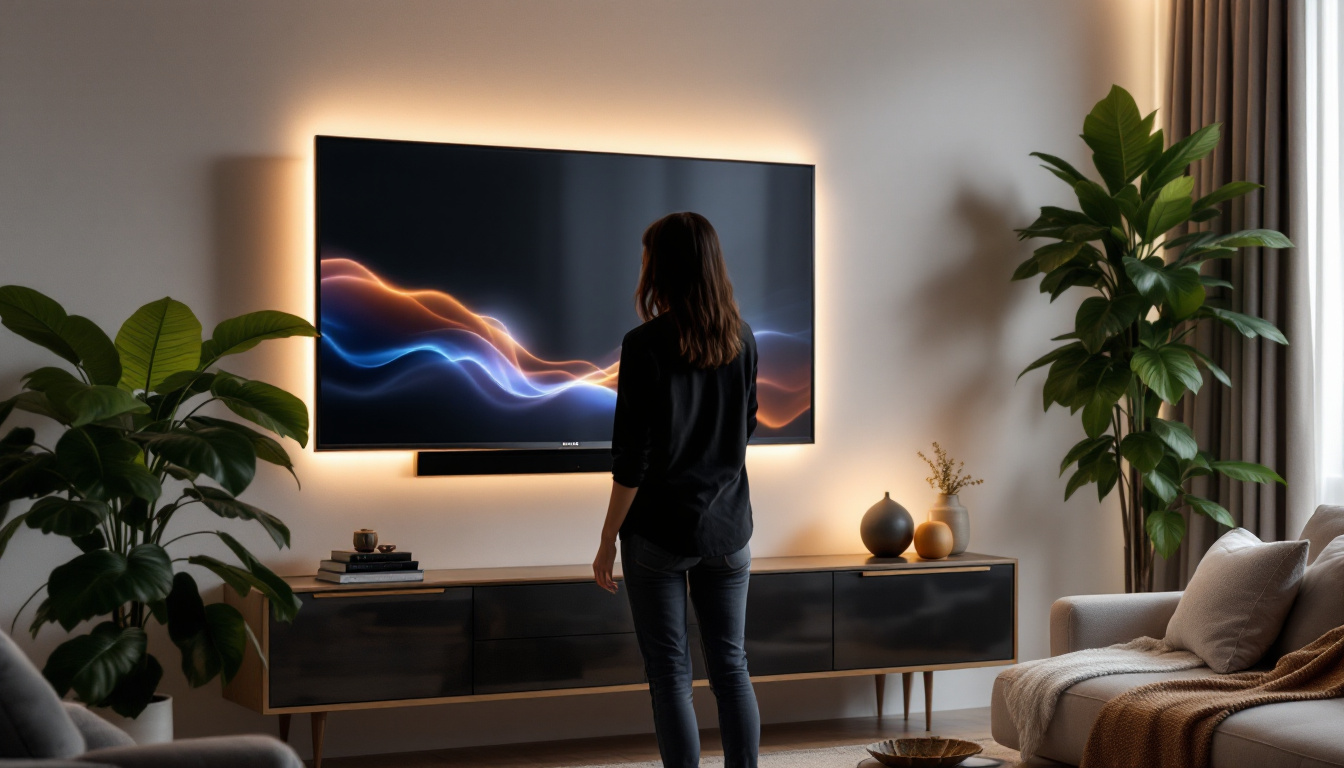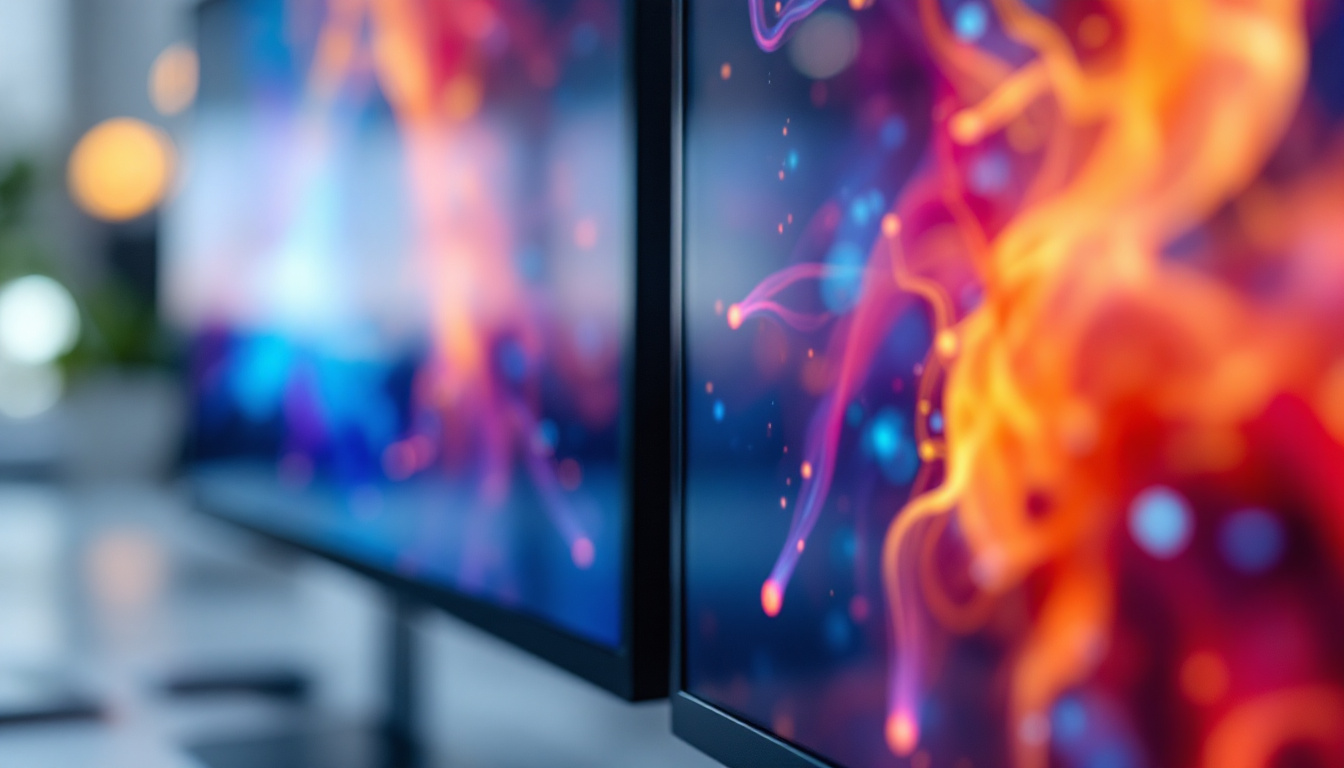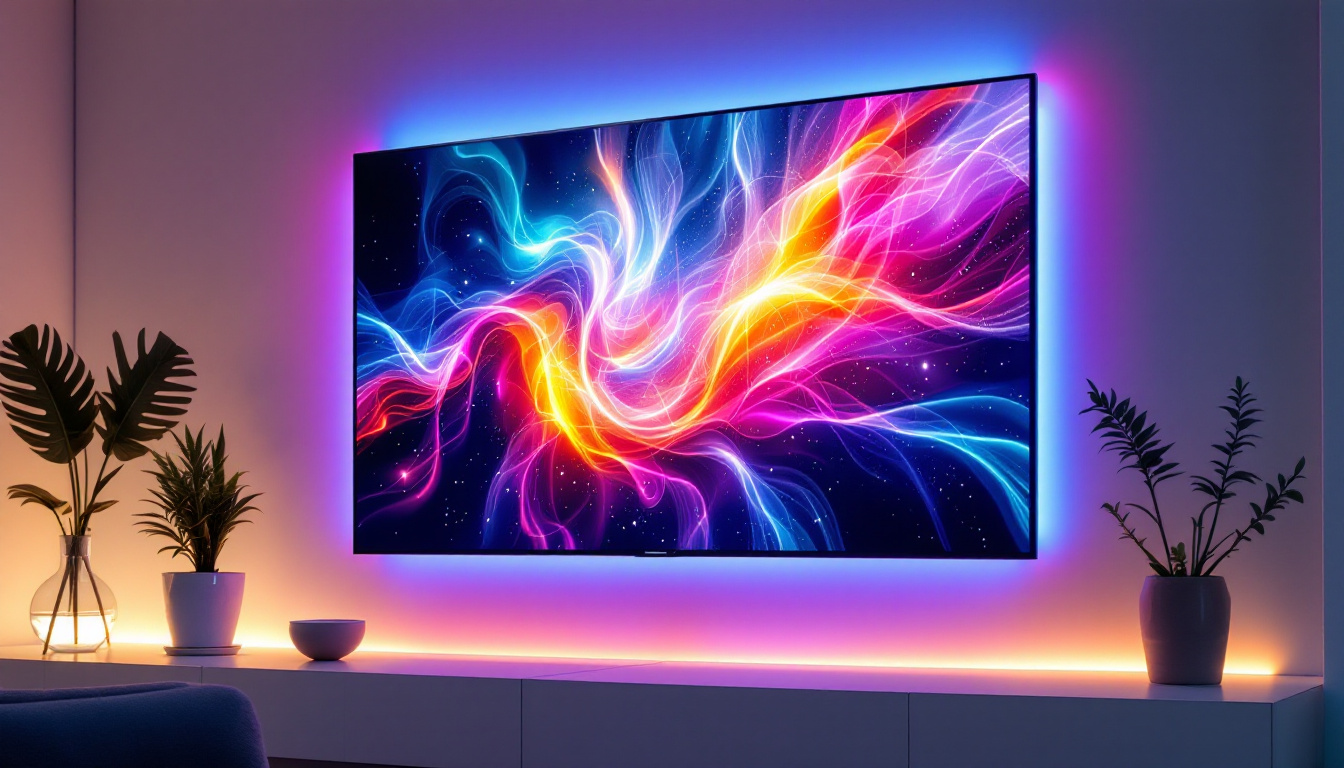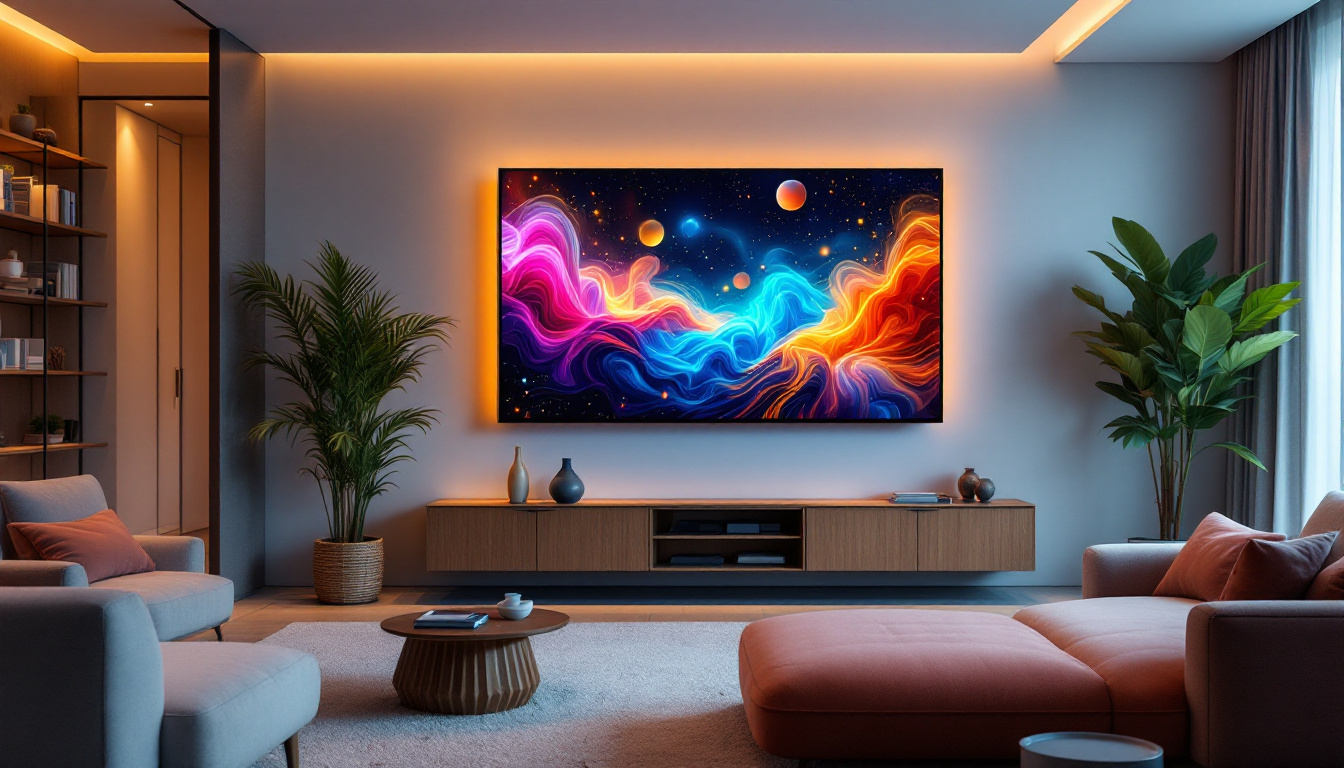In today’s fast-paced digital environment, having an efficient and ergonomic workspace is essential. Dual monitor setups have become increasingly popular among professionals, gamers, and creatives alike, offering enhanced productivity and a more immersive viewing experience. Central to this setup is the monitor stand dual system, especially when paired with LED displays. This article explores the intricacies of dual monitor stands and LED displays, explaining their benefits, types, and how to optimize your workspace for maximum efficiency.
Understanding Dual Monitor Stands
Dual monitor stands are specialized mounting solutions designed to hold two monitors simultaneously. They help organize desk space, improve ergonomics, and enable seamless multitasking. Unlike traditional single monitor stands, dual stands provide a unified and adjustable platform for two screens, which can be positioned side-by-side or stacked vertically.
Benefits of Using a Dual Monitor Stand
One of the primary advantages of dual monitor stands is the significant improvement in workspace ergonomics. By elevating monitors to eye level, these stands reduce neck and eye strain, which is crucial for users who spend long hours in front of screens. Additionally, dual stands free up desk space by eliminating the need for two bulky bases, creating a cleaner and more organized work environment.
Moreover, dual monitor stands facilitate better workflow management. Users can dedicate one screen to primary tasks and the other to secondary activities such as communication apps, reference materials, or monitoring tools. Studies have shown that dual monitor setups can increase productivity by up to 42%, making them a worthwhile investment for professionals in fields like finance, design, programming, and content creation. This enhanced productivity is not just a matter of convenience; it can also lead to more efficient project completion and improved job satisfaction, as users can easily switch between tasks without losing focus.
Types of Dual Monitor Stands
There are several types of dual monitor stands available, each catering to different needs and desk configurations:
- Clamp Mount Stands: These attach to the edge of a desk using a clamp, providing sturdy support without taking up desk surface space. They are highly adjustable and ideal for users who want flexibility in positioning.
- Grommet Mount Stands: These require a hole in the desk surface for installation, offering a secure and stable mounting option. They are perfect for permanent setups where minimal movement is desired.
- Freestanding Stands: These come with a weighted base and do not require desk modifications. They are easy to install and move but typically occupy more desk space.
- Wall Mounts: For those looking to maximize desk space entirely, wall-mounted dual monitor stands offer a sleek and space-saving solution, though installation is more involved.
In addition to these types, some dual monitor stands come equipped with additional features such as built-in cable management systems, which help to keep cords organized and out of sight, reducing clutter. Others may include adjustable arms that allow for tilt, swivel, and rotation, providing users with the ability to customize their viewing angles for optimal comfort. This level of adjustability is particularly beneficial for collaborative environments, where multiple users may need to share screens or adjust their monitors for presentations.
Furthermore, many modern dual monitor stands are designed with aesthetics in mind, incorporating sleek lines and finishes that complement contemporary office decor. Some even feature integrated USB hubs or wireless charging pads, adding functionality without compromising on style. As remote work continues to rise, investing in a dual monitor stand can transform a home office into a more efficient and visually appealing workspace, making it easier to stay organized and focused throughout the day.
LED Displays: The Modern Standard for Dual Monitors
LED (Light Emitting Diode) displays have become the standard choice for computer monitors due to their superior image quality, energy efficiency, and slim design. When used in dual monitor setups, LED screens provide consistent brightness and color accuracy, which are crucial for professional and creative work.
How LED Displays Work
LED monitors use light-emitting diodes to illuminate the screen, either as a backlight behind an LCD panel or as individual pixels in OLED displays. Compared to older technologies like CCFL (Cold Cathode Fluorescent Lamp) backlighting, LEDs offer faster response times, better contrast ratios, and longer lifespan.
This technology also allows for thinner and lighter monitors, which complements the design of dual monitor stands by reducing the overall weight and bulk of the setup.
Advantages of LED Displays in Dual Monitor Setups
LED displays offer several benefits that make them ideal for dual monitor configurations:
- Energy Efficiency: LED monitors consume less power than traditional LCDs, which can reduce electricity costs, especially in offices with multiple workstations.
- Improved Color Accuracy: Many LED monitors come with advanced color calibration features, supporting wider color gamuts such as sRGB and Adobe RGB, essential for graphic designers and video editors.
- Higher Refresh Rates: For gamers and video professionals, LED displays often support higher refresh rates (up to 240Hz), providing smoother motion and reduced blur.
- Reduced Eye Strain: Features like flicker-free technology and blue light filters are common in LED monitors, making extended dual monitor use more comfortable.
Optimizing Your Dual Monitor and LED Display Setup
To fully benefit from a dual monitor stand and LED display combination, proper setup and calibration are essential. This ensures ergonomic comfort, visual consistency, and efficient workflow management.
Ergonomic Considerations
Positioning dual monitors correctly is crucial to prevent physical strain. Both monitors should be at eye level, with the top of the screen roughly aligned with the user’s eyes. The distance between the user and the screens should be about an arm’s length, typically 20-30 inches, to reduce eye fatigue.
When using a dual monitor stand, adjust the height, tilt, and swivel of each monitor independently to suit your posture and viewing preferences. For users who primarily focus on one screen, placing it directly in front and the secondary monitor at a slight angle can minimize neck rotation.
Color Calibration and Display Settings
To maintain consistent color and brightness across both monitors, it is advisable to calibrate the displays using hardware calibration tools or built-in software utilities. This is particularly important for professionals working in color-sensitive fields, such as photography and video production.
Additionally, configuring the display settings to match resolution and refresh rates helps avoid visual discrepancies and ensures smooth cursor movement across screens. Most modern operating systems provide easy-to-use interfaces for managing multiple displays, allowing users to arrange screens virtually to match their physical layout.
Cable Management and Desk Organization
Dual monitor setups often involve multiple cables, including power, video (HDMI, DisplayPort, or USB-C), and peripheral connections. Effective cable management not only improves aesthetics but also prevents tangling and potential damage.
Many dual monitor stands include built-in cable routing channels or clips. Utilizing these features alongside cable ties and under-desk trays can keep your workspace tidy and functional. A clean desk promotes focus and reduces distractions, enhancing overall productivity.
Choosing the Right Dual Monitor Stand and LED Displays for Your Needs
Selecting the ideal combination depends on several factors, including budget, desk size, monitor specifications, and intended use.
Assessing Monitor Compatibility
Before purchasing a dual monitor stand, verify that it supports the size and weight of your LED displays. Most stands specify compatible monitor sizes, typically ranging from 13 to 32 inches, and maximum weight capacities per arm.
Consider the VESA mounting standard, which defines the mounting hole pattern on the back of monitors. Ensuring your LED displays are VESA-compatible simplifies installation and guarantees a secure fit.
Matching Display Features
For a seamless visual experience, it is recommended to use two identical LED monitors or at least models with similar specifications. Differences in resolution, color reproduction, or refresh rates can cause inconsistencies that may distract or hinder productivity.
If budget constraints prevent purchasing matching monitors, prioritize matching resolution and panel type (IPS, VA, or TN) to maintain color accuracy and viewing angles.
Budget Considerations
Dual monitor stands and LED displays come in a wide price range, from affordable basic models to premium ergonomic and professional-grade options. Investing in higher-quality stands with robust adjustability and durable materials pays off in long-term comfort and reliability.
Similarly, LED monitors with advanced features such as 4K resolution, HDR support, or wide color gamut may carry a premium but offer substantial benefits for specific professional applications.
Future Trends in Dual Monitor and LED Display Technology
The landscape of display technology continues to evolve, promising exciting advancements that will further enhance dual monitor setups.
Emergence of Ultra-Wide and Curved Displays
Ultra-wide LED monitors, with aspect ratios like 21:9 or 32:9, offer expansive screen real estate that can sometimes replace dual monitor setups. Curved screens enhance immersion and reduce distortion at the edges, making them attractive alternatives for certain users.
However, dual monitor stands remain relevant for users who prefer physically separate screens for multitasking or specific workflows.
Integration of USB-C and Thunderbolt Connectivity
Modern LED monitors increasingly feature USB-C and Thunderbolt ports, enabling video, data, and power delivery through a single cable. This simplifies cable management and supports daisy-chaining multiple displays, potentially reducing the need for dual monitor stands in some configurations.
Advancements in Display Panel Technology
Emerging technologies like Mini-LED and MicroLED promise even better contrast ratios, brightness, and energy efficiency. OLED displays, known for their perfect blacks and vibrant colors, are becoming more affordable and durable, potentially setting new standards for dual monitor setups.
Conclusion
Dual monitor stands paired with LED displays represent a powerful combination for enhancing productivity, comfort, and visual experience in modern workspaces. Understanding the types of stands, the benefits of LED technology, and how to optimize your setup is essential for making informed decisions that suit your professional and personal needs.
As technology advances, staying informed about new developments will help you maintain an efficient and future-proof workspace. Whether for office work, creative projects, or gaming, investing in the right dual monitor stand and LED displays can transform the way you interact with digital content.
Explore LumenMatrix’s Advanced LED Display Solutions
Ready to elevate your workspace and enhance your digital interactions? Discover the innovative world of LumenMatrix, where cutting-edge LED display technology awaits. From immersive Indoor LED Walls to dynamic Outdoor LED Displays, and from sleek LED Posters to customizable LED Sports Displays, LumenMatrix offers a comprehensive range of solutions tailored to your unique needs. Embrace the future of visual communication and transform your professional environment with LumenMatrix’s captivating and energy-efficient LED displays. Check out LumenMatrix LED Display Solutions today and experience the difference in clarity and engagement.

